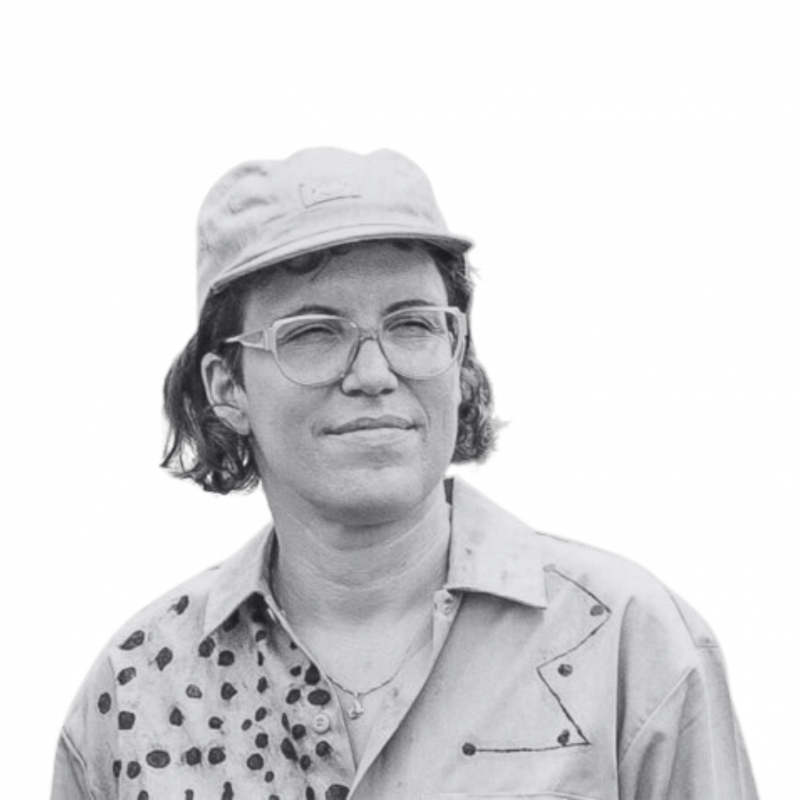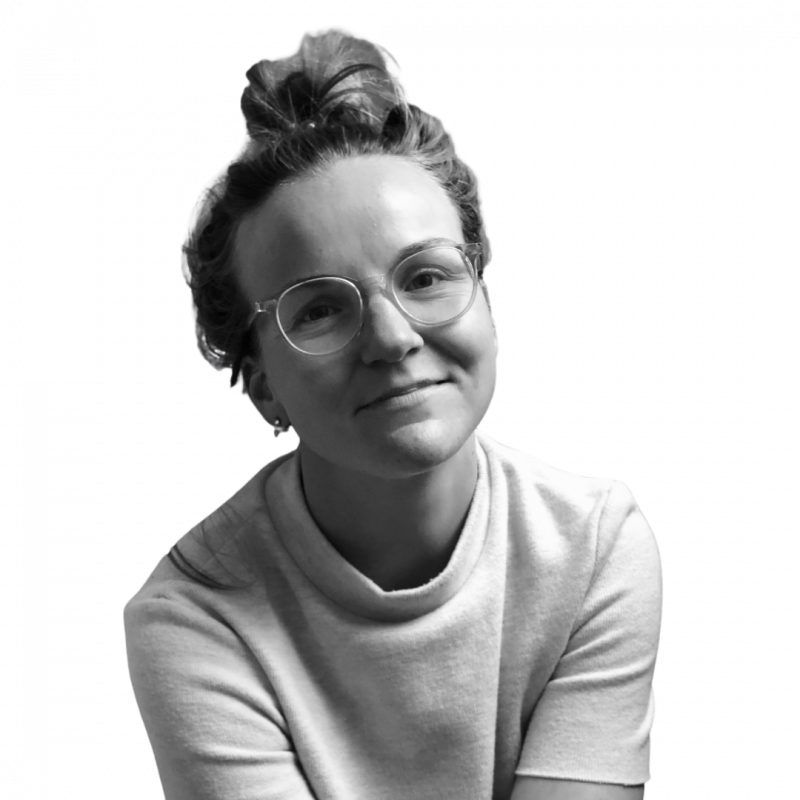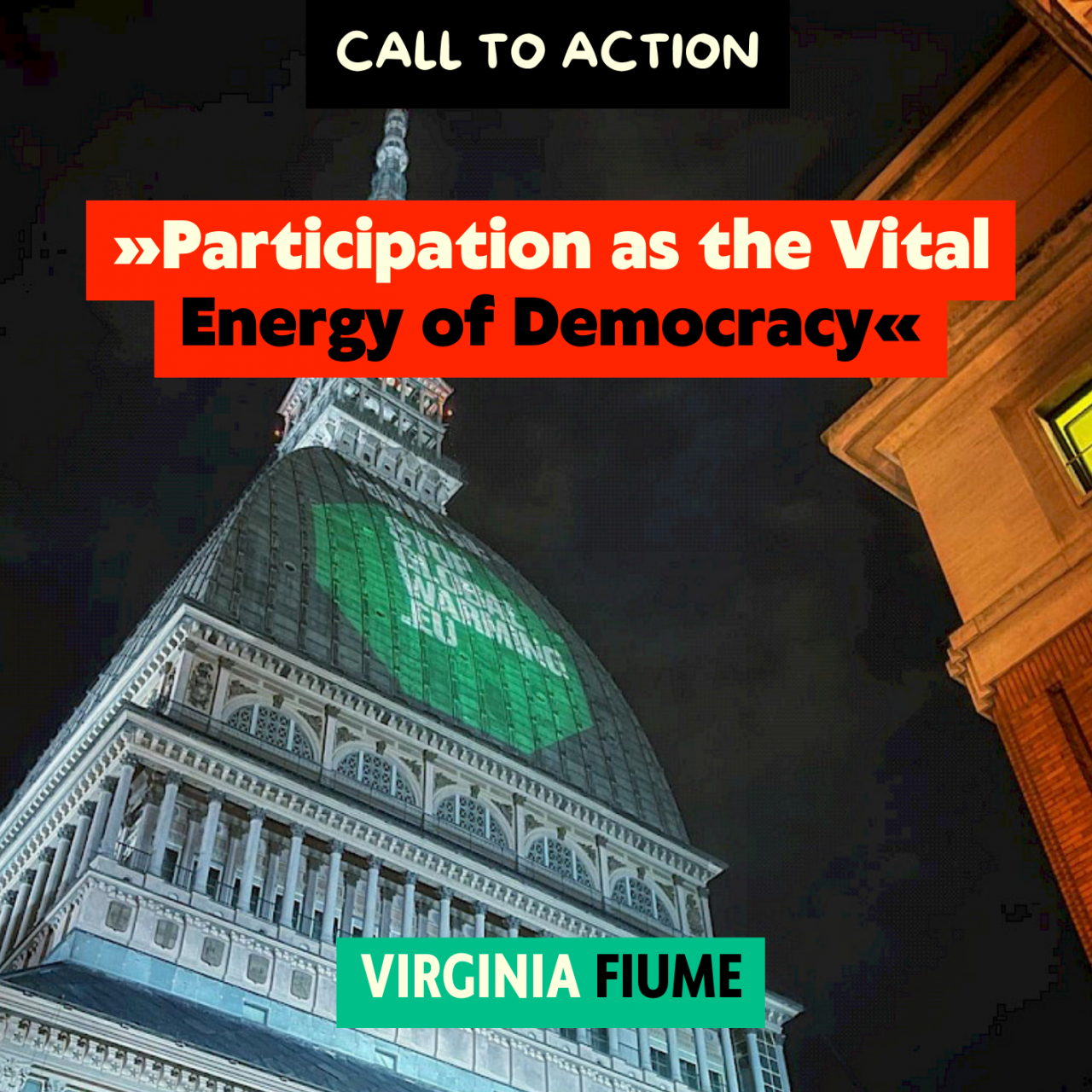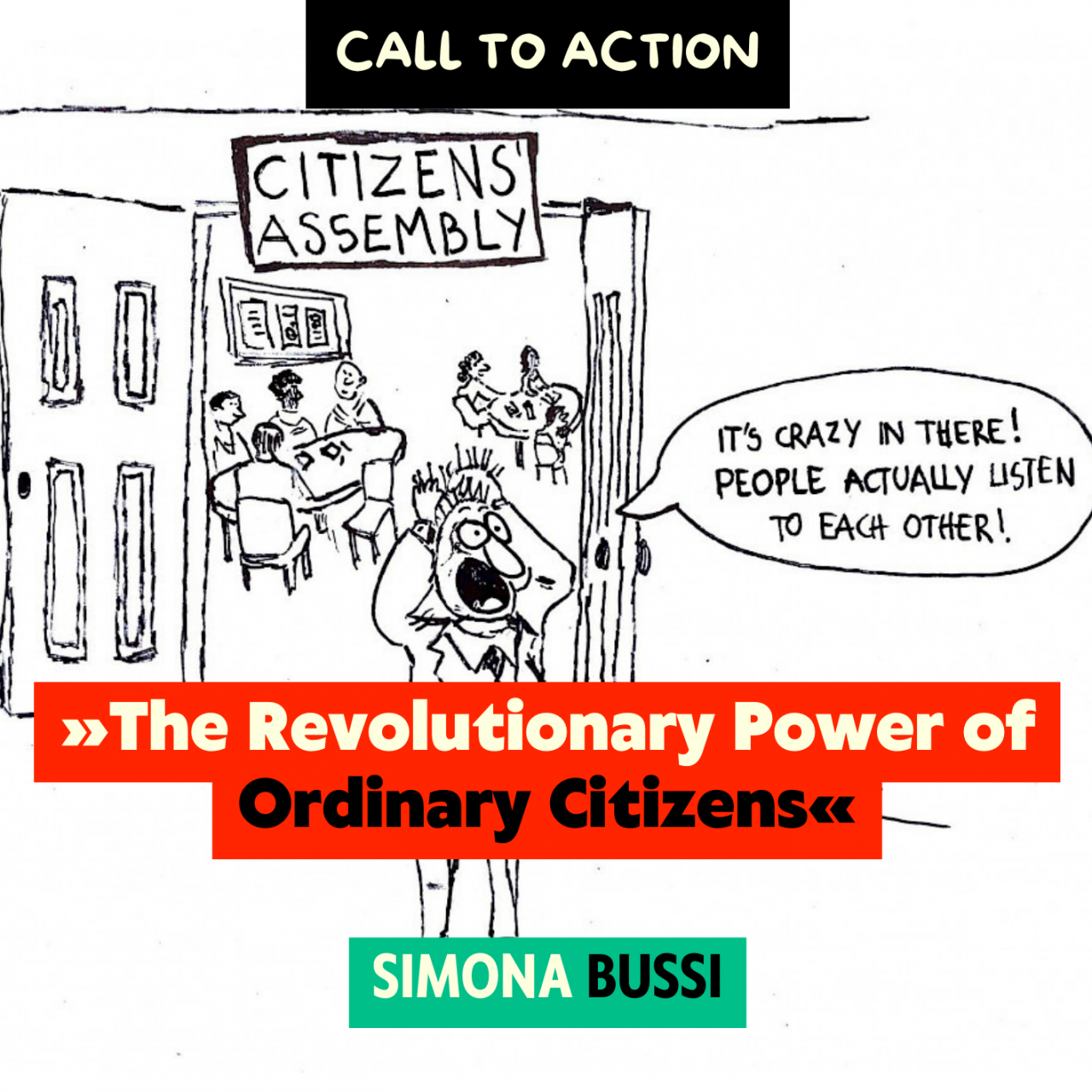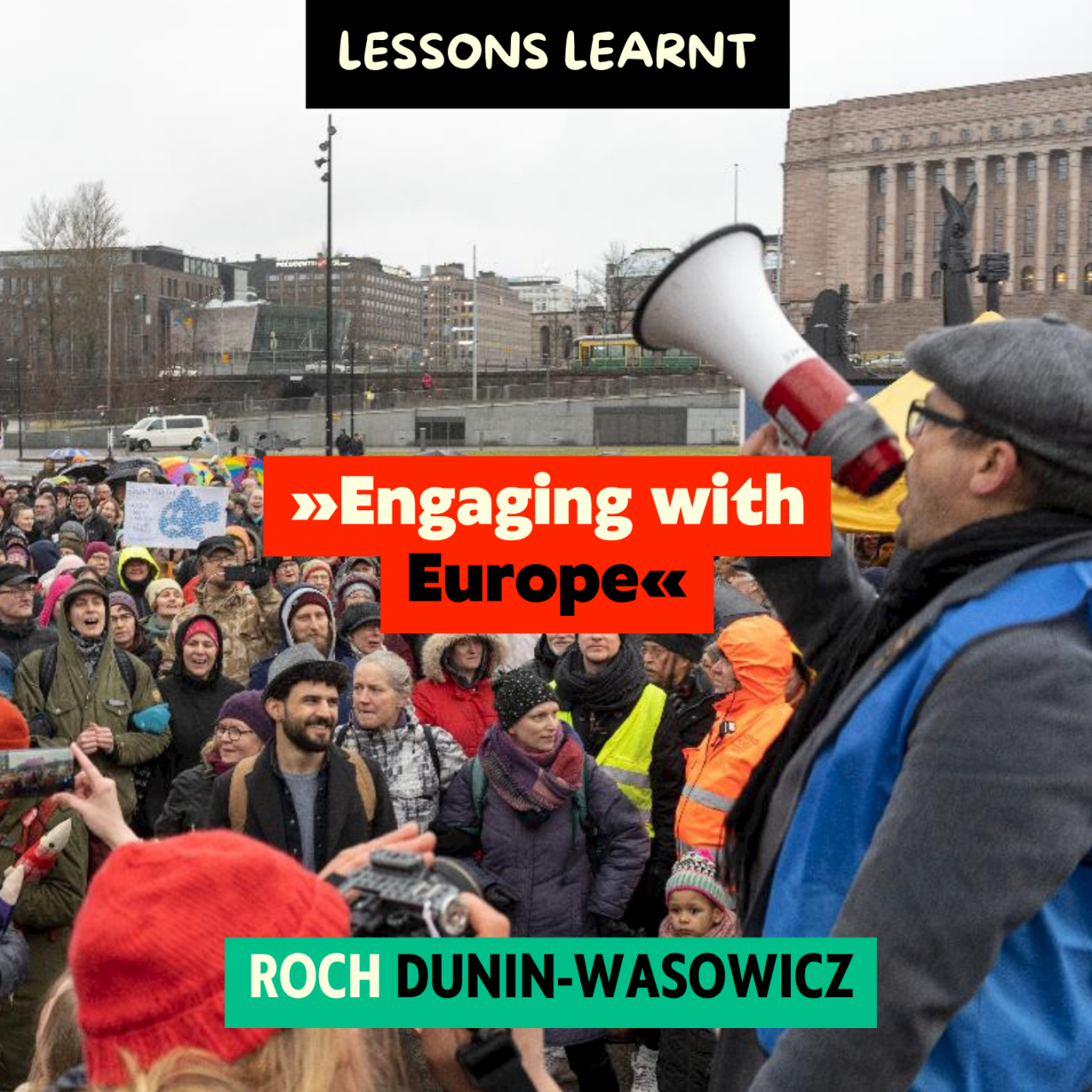1. Stage
There is no such thing as a neutral stage. That's why we should think in advance about the stage we choose for our assembly and how we set it up. Will the audience sit in the parquet and look up at the speakers, or will they sit in a parliamentary semi-circle around a speaker's desk? Or do the speakers sit in the audience and stand up for their contribution? How we decide on these issues basically depends on whether we fundamentally reject political hierarchies and role distributions, or whether we seek political equality that makes the speaker’s desk accessible to representatives of more diverse social groups, the boundaries of social groups in power more permeable, and prevents that roles are fixed in perpetuity.
2. Scenography
The basic props in political gatherings are usually flags, banners, posters, leaflets or newspapers. If we decide to design the stage in order to give the assembly a political identity, we should study the aesthetics of historical models and to consciously refer to them. We can also ask the speakers to bring their own clothes and political props and add some uniforming elements (badges and fabric bags are very popular nowadays, but maybe we can imagine others). Whether we go for identity or diversity, uniformity or heterogeneity, to what extent we establish a political aesthetic that unites or give space to the colorful assembly of the invited groups and their aesthetics will frame the way we negotiate the political issues on stage.
3. Antagonisms
According to the scenography, we therefore decide to what extent we stage antagonistic positions to compete against each other, we set the goal to work out common positions or we install a protected space that makes minority positions particularly strong. Do we create a democratic space of dispute that represents the conditions of a divided society? Do we leave the stage open for possible hate speech and how do we protect vulnerable groups? We thus penetrate to the core of our democratic understanding. From a dramaturgical point of view, it is certainly more interesting to set antagonistic positions, because this always creates suspense. In doing so, we have to make sure that the speakers do not feel used. From a political point of view, however, it may be more relevant to work out a common proposal that has an impact beyond the event.
4. Speakers
And then we have to confront a problem for which there is probably no adequate solution: who is allowed to speak and who decides about it? As we probably have neither the money nor the time to install sophisticated electoral procedures we should at least consult relevant organizations, institutions or communities before we set the list of speakers. It's a lot of work, but it multiplies the scope of the discussions, which then don't just fade into the haze of a few experts who we already know and make the gathering scene more permeable. Nevertheless, as long as we do not invent an unprecedented method of participation, we will ultimately decide who goes on stage and, in this case, we should not pretend that it is more democratic than that. We should also consider an imagined audience, its interests and capacity of attention, for as long as we do not plan to hold the assembly behind closed doors. We will pay attention to how interesting the possible speeches seem, what topics the speakers cover, what rhetorical skills and entertainment value they bring, whether they are charismatic and sufficiently diverse, whether they are internationally known or central figures for a particular community. But who do we exactly address? As we are expanding the audience by diversifying the speakers, we should at the same time let us guide by the recommendations of the people we consult in order to overcome our own biases.
